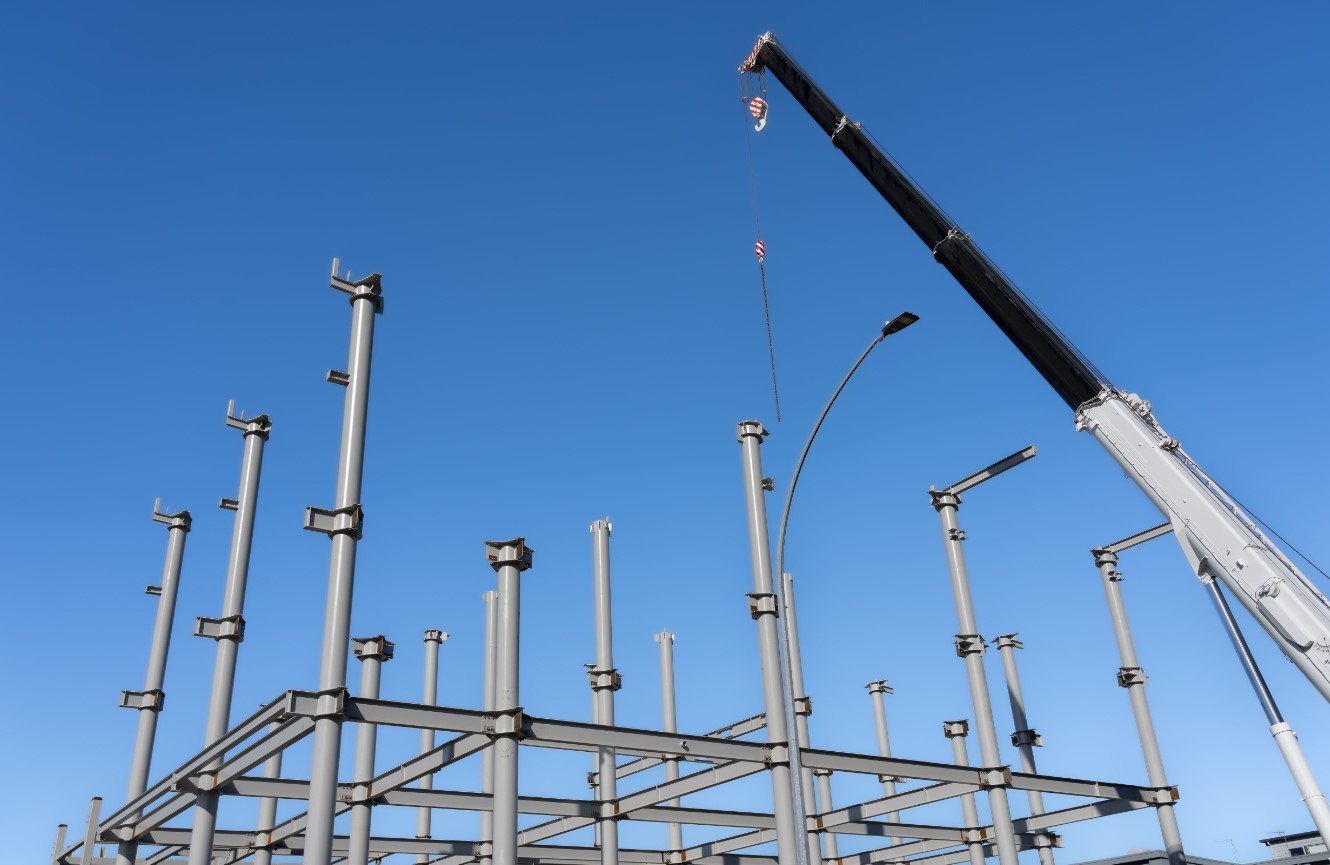Structural Steel Fabrication in Construction: Key Elements
20 September 2023
Know the essential elements of structural steel fabrication by Sharp Welding and Crane Hire in construction. Build lasting structures. Call us on 03 5275 3178.
From towering skyscrapers to expansive bridges, structural steel serves as the backbone of countless architectural marvels around the world due to its strength, durability, and versatility. It offers high tensile strength, making it capable of supporting heavy loads and resisting external forces like wind and seismic activity. The fabrication of this material ensures that steel components can be precisely manufactured and tailored to meet project requirements.
During structural steel fabrication in construction, a variety of elements must be carried out and incorporated. These elements include the following.
Design and Engineering
The first element in structural steel fabrication is design and engineering. Structural engineers work closely with architects and project managers to develop detailed plans and specifications. They consider factors like load-bearing requirements, structural integrity, safety regulations, and architectural aesthetics to develop the said plans and specifications.
Material Selection
Structural steel fabrication then relies on the selection of materials to achieve the desired strength and durability. Steel is chosen for its exceptional properties like high tensile strength, excellent ductility, and corrosion resistance. To suit different applications and project requirements, various grades of steel like ASTM A36, A572, and A992 can be considered.
Cutting and Shaping
Once the design is finalised and materials are selected, the steel components undergo cutting and shaping processes. Advanced tools like plasma cutters, laser cutters, or saws are used to cut steel beams, plates, or tubes into precise dimensions. Computer Numerical Control or CNC machines can likewise ensure accuracy and efficiency in cutting and shaping the steel pieces based on the specifications of the project.
Welding and Assembly
Welding is a crucial aspect of structural steel fabrication since it joins the individual steel components together to form the framework of the structure. Skilled welders maximise various techniques such as arc welding, MIG welding, or TIG welding to create strong and secure connections. Assembly is a meticulous process as it involves aligning and fitting the steel components accurately to ensure structural integrity and dimensional accuracy.
Surface Treatment
Surface treatment is an essential element of structural steel fabrication, protecting the steel components from corrosion and enhancing their appearance. Some of the most common surface treatment methods include sandblasting, priming, and painting.
Quality Control and Inspection
Quality control ensures that the final product meets the required standards. Fabrication companies have rigorous quality control processes in place, which may involve inspections at various stages of the fabrication process. Qualified inspectors examine the steel components for dimensional accuracy, welding quality, surface finish, and adherence to design specifications.
On-Site Installation
After fabrication, the steel components are transported to the construction site for installation. Skilled steel erectors and riggers assemble the fabricated components, using cranes and other equipment to lift and position them correctly. On-site installation requires careful coordination and adherence to safety protocols to achieve seamless integration of the fabricated steel structure into the overall construction project.
Structural steel fabrication is a critical process in construction, forming the backbone of countless structures worldwide. The meticulous craftsmanship and expertise involved in structural steel fabrication contribute to the safety, longevity, and architectural splendour of iconic buildings and infrastructure projects.
Optimized by Netwizard SEO
